CSO Shows Commitment to New Music with MusicNOW Series
The CSO MusicNOW program Illuminating Boulez on April 3rd, featured works by Pierre Boulez, and two world premiere performances of works by Pauline Oliveros and Marcos Balter.
In paying homage to Boulez and Oliveros, MusicNOW furthered these artists’ commitment to new music and deep listening, and nurtured the future development of music through commissioning works from the next generation of composers, such as Marcos Balter.
1945
12 Notations for Piano, composed by Boulez in 1945, occurred in the middle of the program. It stood out as an important key to the whole. We learn from the program that the date of its composition—1945, the final year of World War II—were Boulez’ first important works, written when he was a twenty-year-old student of Oliver Messiaen at the Paris Conservatory” .
12 Notations, performed by Conor Hanick, presented bursts of sound, and short expositions of musical ideas in condensed form, in a manner simultaneously off-handed and systematic. It’s widely reported that late in life, Boulez apparently confessed he had composed the Notations quickly ‘to make fun of the 12-tone [method].’
The second section, Très vif, stood out in its stylized brutality, making use of tone clusters that traveled up and down the range of the instrument. Seeing someone slam down on a piano in such a way made an impression, especially in contrast to the exercises surrounding it. It exposed a sense of humor lurking within the seeming formalism.
This music came out of a much different time and context than our own. In 1945, ideas about musical progress and linear historical narratives still had urgency. The intensity of this moment in time came through in the inventiveness and lively rhythmic energy of the Notations.
1984
Boulez himself generated both controversy and admiration throughout his life for stances he took on issues within contemporary music. To those he alienated, his music represents the bad side of modernism: coldly calculated abstraction, like mathematics in the guise of music.
The sounds of Dérive I, however, have a sumptuous quality. Composed in 1984, for an ensemble which includes vibraphone and clarinet, the expected ‘dissonances’ of this music sound rather syrupy and sweet.
Dérive I derives its logic from an initial six note chord progression, which unfurls into a complex web of tones which melt and transform, twist and twirl into each other. The score makes extensive use of trills. This, combined with a moderate, bounce tempo, strikes as a frolicking experience through a landscape of extraterrestrial birdsong.
To those who expect a display of Baroque emotion from music, it might disappoint. Instead Boulez’s music carves out a space where we can listen anew, far away from the insistent demands of the human world.
2016
Pauline Oliveros developed a theory and practice of ‘deep listening’ which informed her work, combining bodywork, sonic meditations, and interactive performances in a holistic approach to the world of sound. For Two or Three Instruments by Oliveros represented perhaps the most radical composition of the evening — at least in intention and method of notation.
The indeterminate score, one of the last compositions Oliveros wrote before her death in 2016, conveys by means of language a set of instructions and choices for the musicians to work from.
Collapsing the roles of composer and musician in this way, the musicians not only interpret and execute the work, but create and invent its sounds in the moment.
While I closed my eyes at times to listen more closely to the works of Boulez, I opened them to observe the musicians in Oliveros’ work as performers. They seemed to search and seek for tones at the physical extremes of their instruments — beginning with hesitant gestures, then building with wailing intensity, until ending together in some long final jagged and grinding tones.
After hearing the world premiere of this late composition by Oliveros, and considering the radical degree of freedom it gives the musicians, one wonders how the piece might sound 30 or more years from now. The exciting aspect of an indeterminate score such as this comes not just from listening to its sounds in the moment, but through imagining how much it may change and evolve with each new performance.
2017
shadows of listening by Marcos Balter paid homage to the memory of Boulez and Oliveros, who both died in 2016. The work, performed by cellist Katinka Kleijn, combined spoken text, live electronics, and the sound of the cello into one multifaceted performance.
Similar to the work by Oliveros earlier in the program, one becomes aware of the musician as performer. Although now, through the use of voice and costume, this aspect became even more pronounced and theatrical.
The electronics extended the sequences of notes, reminiscent of Boulez, through reverb and amplification, which virtually expanded the space of the concert hall.
This piece brings focus to the boundary between the modern and postmodern during this performance, as a kind of peak where we find ourselves newly arrived on the other side — the downward slope of a bell curve. A melancholy and nostalgic, though beautiful, feeling accompanies this feeling of standing at the beginning of a descent.
1985
Themes of death and memorial tied together the program of Illuminating Boulez, ending with Memoriale, a work that Boulez composed in honor of the memory of Lawrence Beauregard, a flutist from the Ensemble Intercontemporain who died in 1985.
Memoriale drew on material from an earlier work by Boulez, …explosante-fixe…, which itself served as a memorial to Igor Stravinsky.
Like Boulez’s other work, Memoriale conjures an alien and surrealist field of sound. As an homage to the memory of the deceased, it feels especially strange and haunting. And to our ears now, it not only calls to mind the memory of Stravinsky or Beauregard, but Boulez himself, making it an especially fitting finale.
The next CSO MusicNOW performance is on May 22, for information on this and other MusicNOW performances visit the MusicNOW page on the CSO website.
Photos: Todd Rosenberg
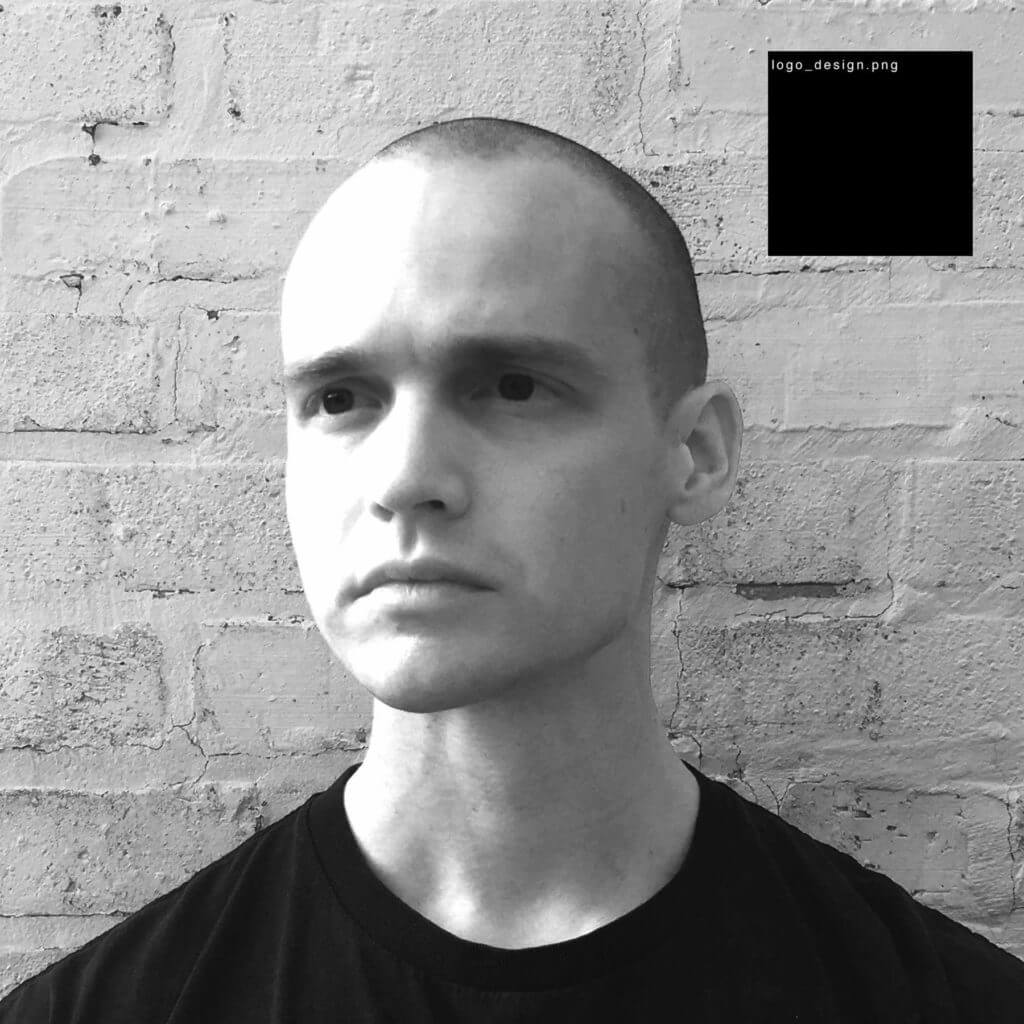 About the Author:
About the Author:
Adam Rose studied cello and composition at Ohio State University, and currently creates largely electronic music for interdisciplinary performances. Rose acts as the Artistic Director of Antibody Corporation. Antibody creates performance works incorporating music, movement, and languages both real and invented. Since its founding in 2009, Antibody has created and performed works in Chicago, the United States, Mexico, Canada, Europe, and Russia.
Save
Save
Save

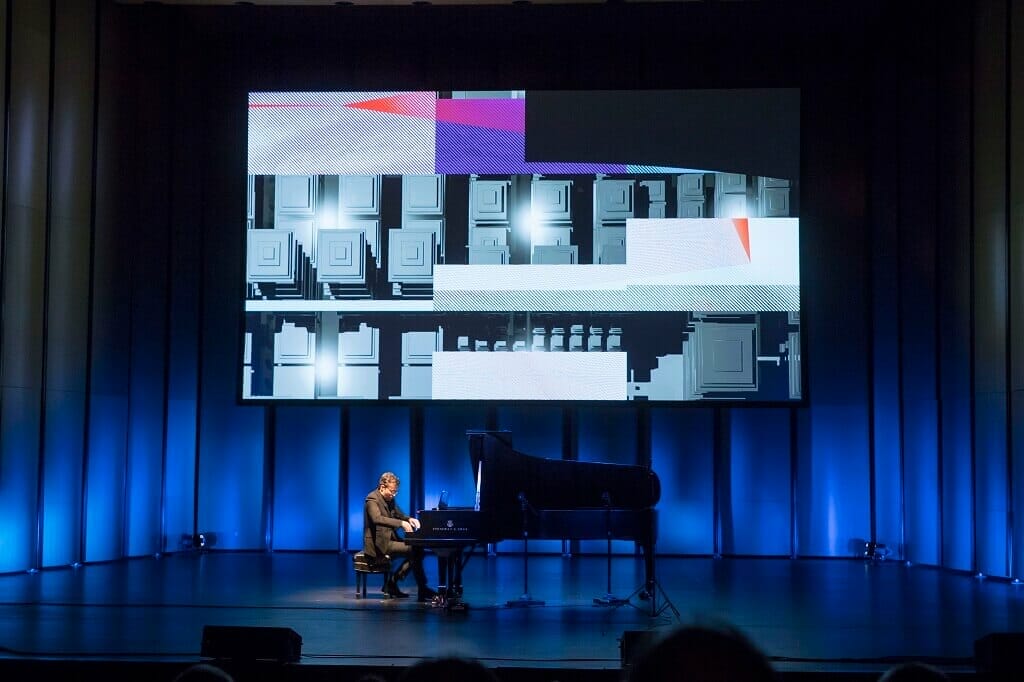
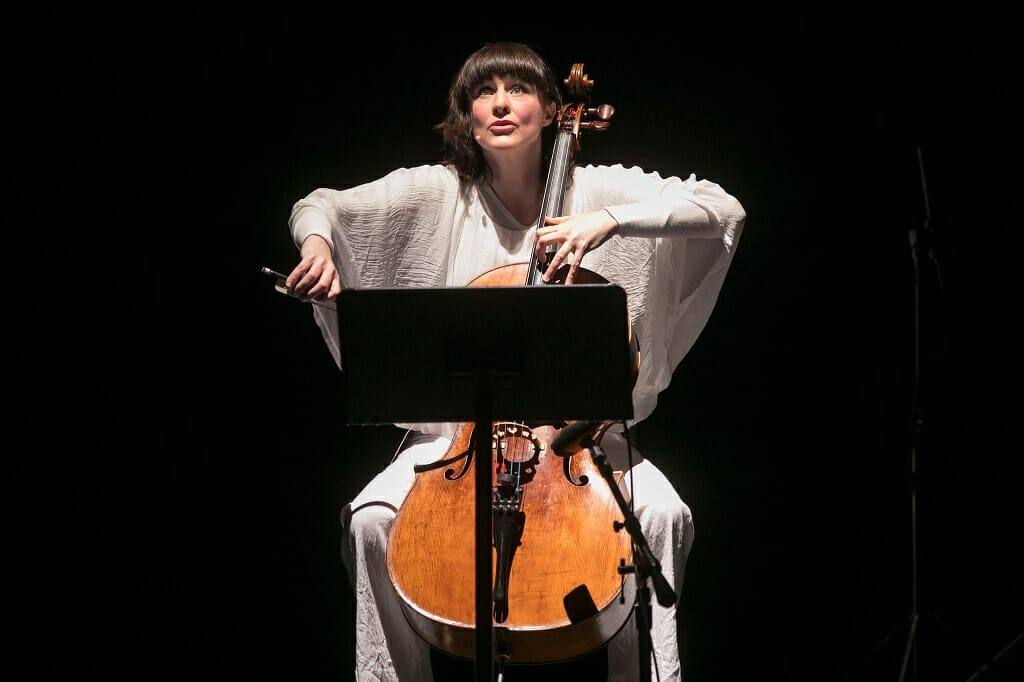

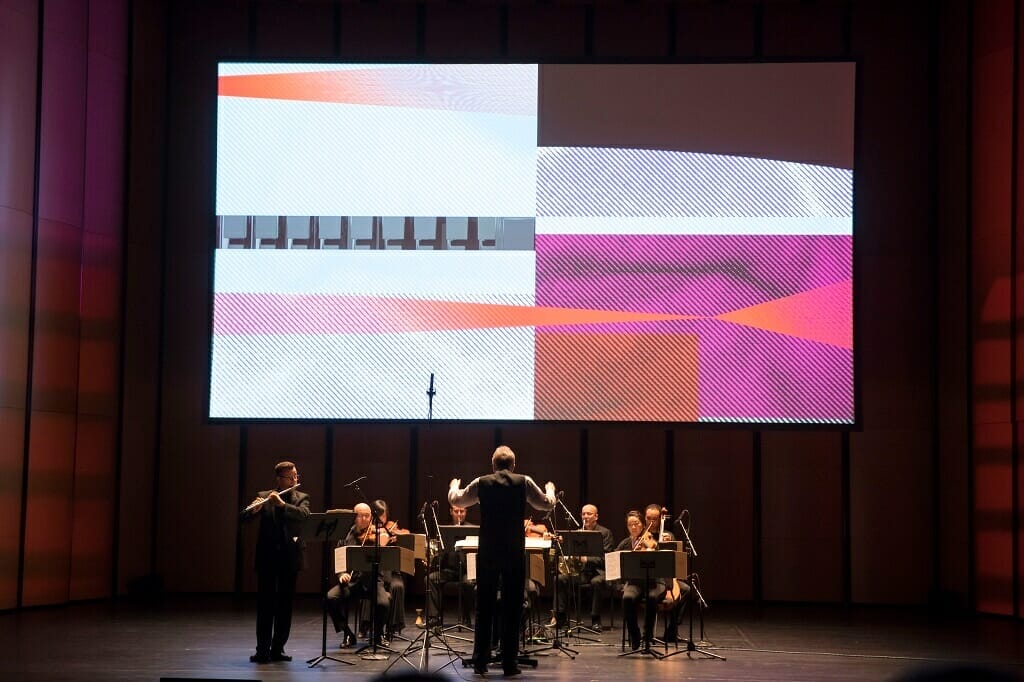
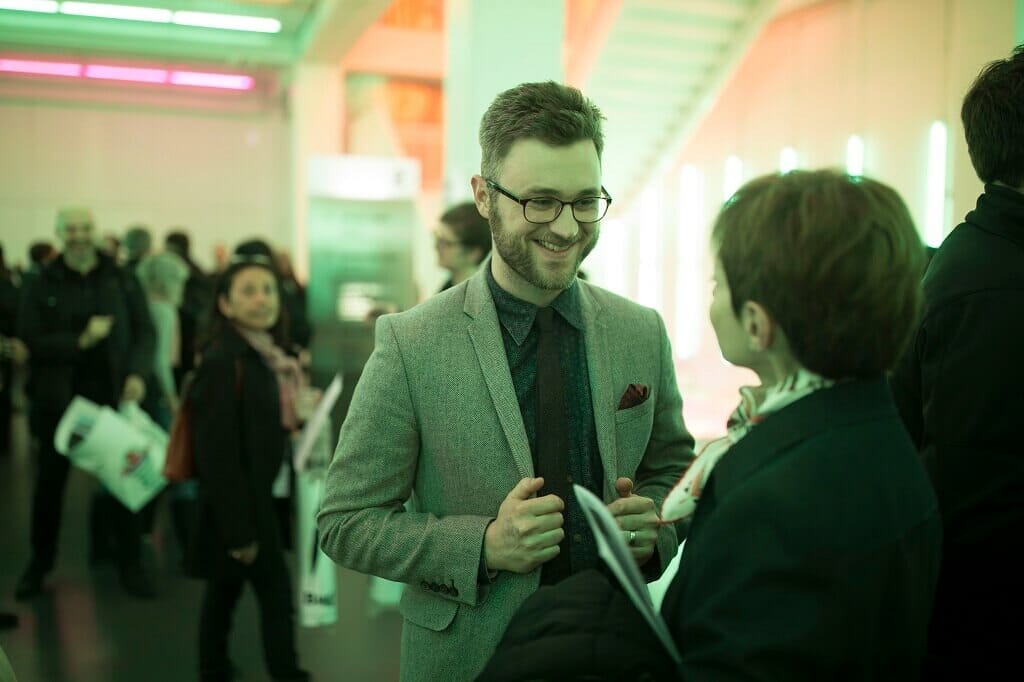
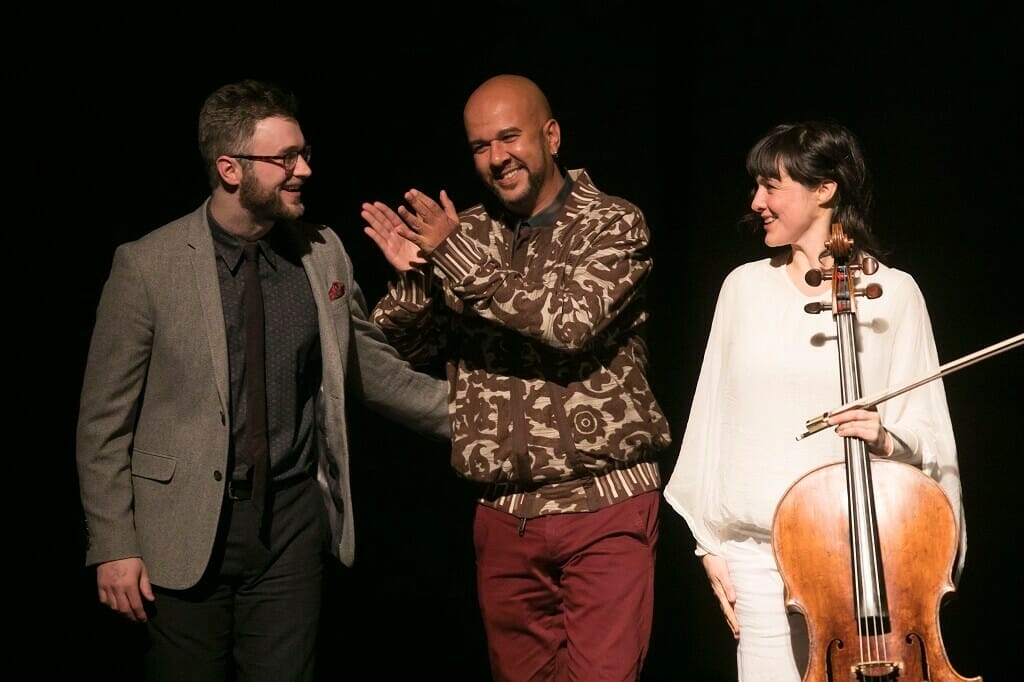
![4/3/17 6:22:11 PM -- Chicago, IL USA
Chicago Symphony Orchestra
MusicNOw
Boulez Dérive I
Oliveros For Two or Three Instruments [MusicNOW Commission, World Premiere]
Boulez 12 Notations
Balter shadows of listening [MusicNOW Commission, World Premiere]
Boulez Mémoriale -
© Todd Rosenberg Photography 2017](https://ecr8wtj9nf4.exactdn.com/wp-content/uploads/2017/04/1-2.jpg?strip=all&lossy=1&ssl=1)
![4/3/17 7:12:26 PM -- Chicago, IL USA
Chicago Symphony Orchestra
MusicNOw
Boulez Dérive I
Oliveros For Two or Three Instruments [MusicNOW Commission, World Premiere]
Boulez 12 Notations
Balter shadows of listening [MusicNOW Commission, World Premiere]
Boulez Mémoriale -
© Todd Rosenberg Photography 2017 CSO MusicNOW Presents ILLUMINATING BOULEZ](https://ecr8wtj9nf4.exactdn.com/wp-content/uploads/2017/04/Principal-Flute-Stefán-Ragnar-Höskuldsson-performs-Mémoriale-by-Pierre-Boulez-at-MusicNOWs-Illuminating-Boulez-program_credit-Todd-Rosenberg-Photography.jpg?strip=all&lossy=1&ssl=1)
